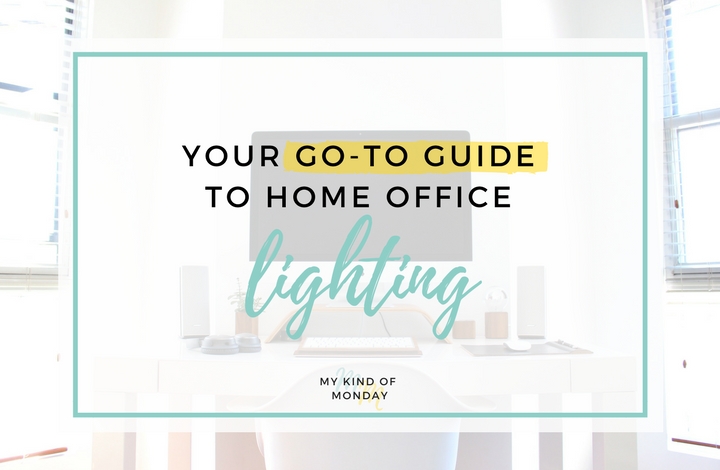
We’ve spoken about the importance of office lighting before, but how can you ensure your home office has the best lighting setup?
From natural light sources to overhead lights and task lighting, we take a look at popular lighting options and the optimal set up to help you enjoy a better and more productive working environment.
Why You Should Focus On Office Lighting
Whether you have an entire room to dedicate to your home office, or simply a desk set up in your bedroom, you don’t want to forget about lighting.
Poor lighting can cause headaches, eye strain, dampen your morale, reduce your energy, and ultimately diminish your ability to work effectively. Considering how difficult working from home can be, you need all the help you can get to stay productive and healthy.
Here are some tips on how you can make the most of the lighting available in your home, and when it may be worth investing in additional lighting to help keep your workspace well lit and your productivity levels high.
Take Advantage of Natural Light
If you’re lucky enough to have a skylight or window near your workspace, then you need to take full advantage of the natural light that shines through. Sunlight produces natural, warm lighting, which improve your mood as well as your workspace.
That being said, you need to take into account where the natural light is coming from, as a direct glare could be overwhelming and prevent you from entirely focusing on the task at hand.
Generally, its best to place your work surface and computer screen next to or in front of natural light sources, maximizing your view and avoiding glare. If you have space to rearrange your furniture, another good idea is to place your desk facing south or north, so you are not covered by shadows at any point during the day.
Despite all the benefits of natural light, sometimes the glare can be a lot to handle, even if you’ve positioned your workspace correctly. There’s no need to completely shut off your home office to sunlight. Instead, look for middle ground with some blinds, shades, or cool sheer curtains. That way, you can accommodate to various brightness levels throughout the day, without having to compromise the view or light.
Invest in Task Lighting
For any focus-intensive tasks, such as computer work, you need a well-defined light source to assist you in what you’re doing, such as a daylight desk lamp. You can place these lamps exactly where you need them, to support a wide arrange of tasks. Make sure to set up a dedicated task light for all sections of your workspace, particularly if you have multiple workstations such as a desk, a drawing table, and a filing area.
It’s All About Location
Take into consideration where your light sources are coming from, as well as the location of any windows. Any light sources placed directly behind you will create a distracting glare on your monitor, and lamps can create unintended shadows. Factor in as many elements as possible, such as your dominant hand. For example, if you’re left-handed, your arm and hand could cast a shadow if you set the task light on your left.
Look for Indirect Sources of Light
Avoid placing your workspace directly under the glare of overhead lights, and look for ways to illuminate your office space by diffusing ambient light instead. You can do this by using a floor light that shines upwards, which will bounce the light off ceilings and walls, or use lampshades to scatter and soften harsh light. The aim is to illuminate your entire home office without having to create undue contrast and glare, and avoiding any distracting shadows.
Maximize Your Decorative and Accent Lighting
Most home offices will already come equipped with ambient lighting, and now you know the importance of also adding in task lighting. Beyond these two lightning types, which are mostly functional, consider adding accent or decorative lights, improving the decor and visual character of your workspace. Decorative lighting provides direct visual appeal through wall sconces, and picture or mantel lights draw attention to elements in the room through accent lighting.
Home office lighting should be given careful consideration to ensure that you have a comfortable space that inspires you to work. Don’t worry if you don’t get it right the first time, as one of the advantages of a home office is that you can always shift things around until you find the perfect solution to suit your needs.
Leave a Reply